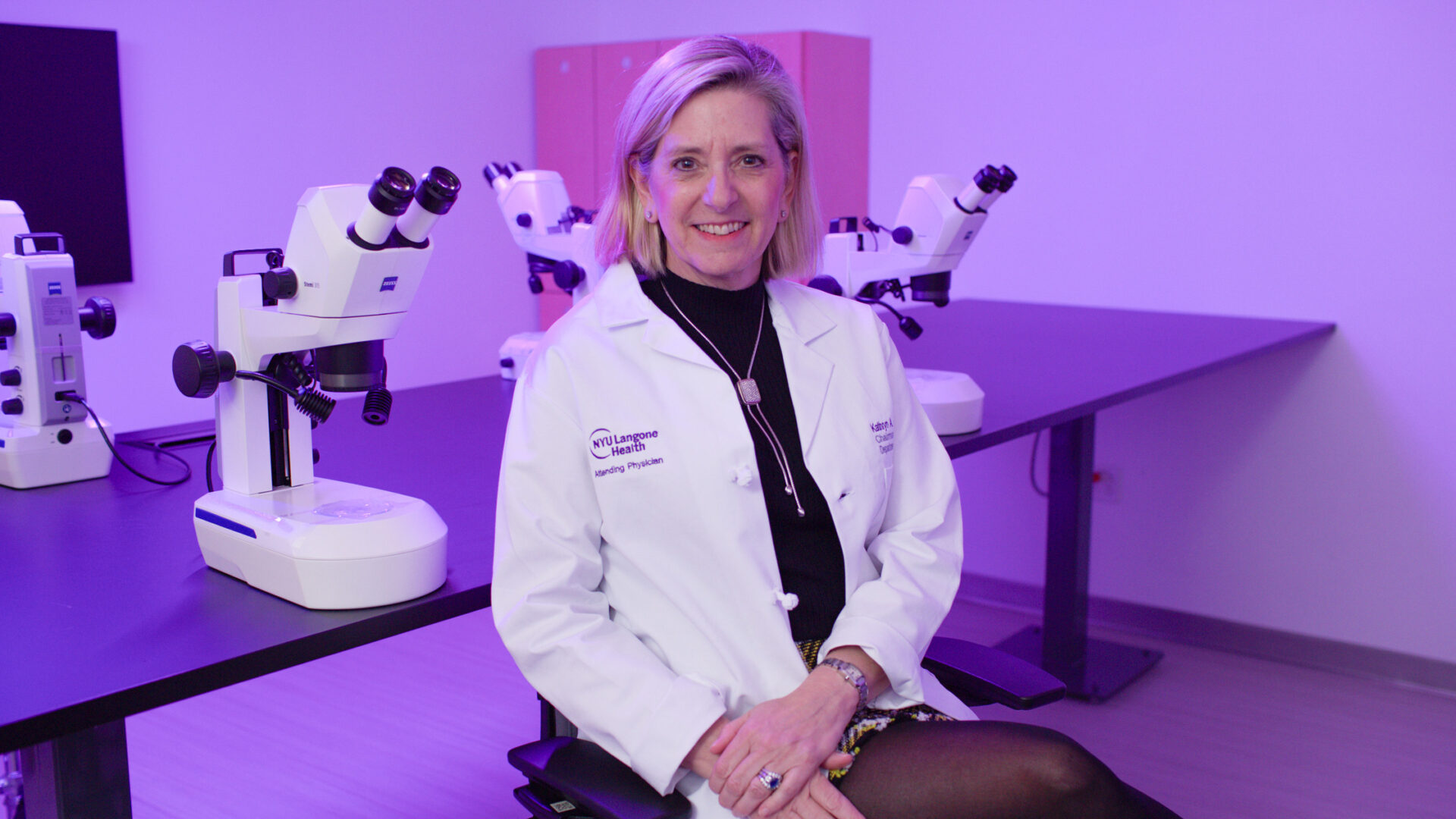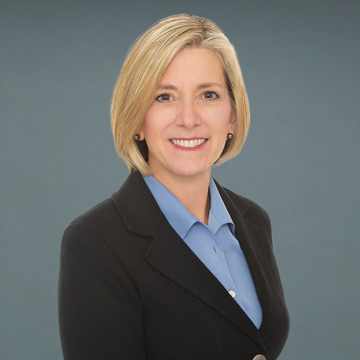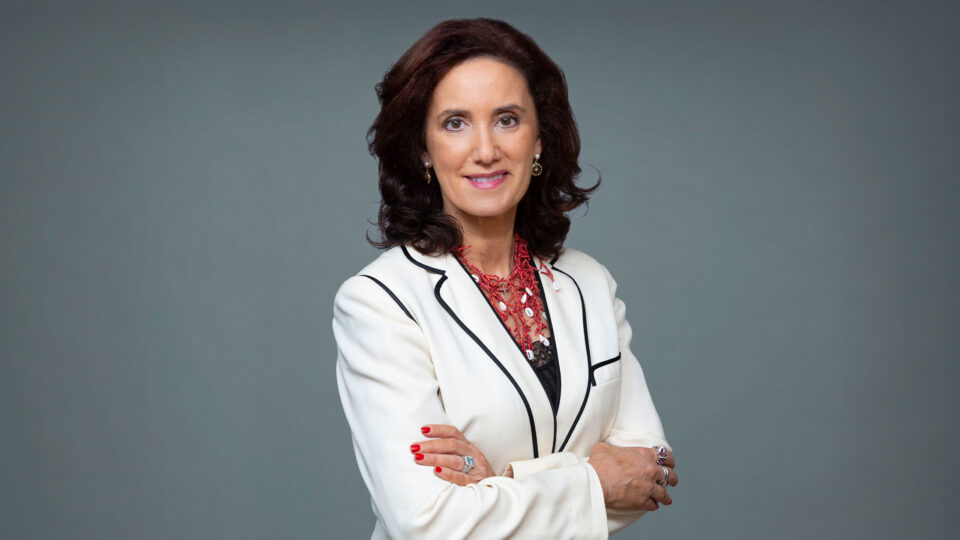In October, pioneering ophthalmologist Kathryn A. Colby, MD, PhD, chair of the Department of Ophthalmology and the Elisabeth J. Cohen, MD, Professor, received the Castroviejo Medal from the Cornea Society, the organization’s highest honor. The award recognizes Dr. Colby’s long and productive career in the field, including her groundbreaking work on Fuchs endothelial corneal dystrophy, the most common reason for corneal transplantation in the United States.
Among her many contributions, she pioneered a curative surgical technique for Fuchs dystrophy called Descemet stripping only, or DSO. Here, Dr. Colby reflects on the combination of synthesis and serendipity that led to some of her major breakthroughs and on the challenges and benefits of being a leader in the field.
Physician Focus: Congratulations on this well-deserved recognition. What does this award mean to you?
Dr. Colby: Receiving the Castroviejo Medal is a profound honor. In the lecture I gave for the award, I talked about what you need for innovation, like being prepared, reading, being unafraid to take an intuitive leap, and not fearing failure. When you look back over your career, it’s not a straight line. It can be a little step backwards or a little step sideways. But you can begin to see the connections, and over 25 years, it has turned out to be something.
“When you look back over your career, it’s not a straight line. It can be a little step backwards or a little step sideways.”
Kathryn A. Colby, MD, PhD
Physician Focus: What led to your breakthrough in successfully treating Fuchs dystrophy without a cornea transplant?
Dr. Colby: This is really where serendipity plays a big role: I was the chair of the cornea program committee for the American Academy of Ophthalmology and this interesting abstract came from an innovator in endothelial keratoplasty. It showed that if the transplant didn’t stick in Fuchs, some of the patients’ corneas still cleared, whereas for other endothelial diseases, they didn’t.
Knowing what I knew about the biology, I said there’s something different about the endothelium in Fuchs—it was really the first hint that you could encourage the remaining cells to spread and repopulate the cornea. There were some other lines of evidence, but it was this combination of knowing the basic science, the clinical details, and what was going on in the literature that led me to hypothesize that the corneal endothelium could rejuvenate itself.
Physician Focus: From there, how did you arrive at your DSO surgical technique?
Dr. Colby: People talk about aha moments. I was in Amsterdam at the EuCornea Congress in 2013 and a colleague presented a lecture describing deliberate descemetorhexis, or removing the endothelium without putting in donor tissue. I was in the audience and I remember thinking, “This is definitely going to work for Fuchs.”
“I was in the audience and I remember thinking, ‘This is definitely going to work for Fuchs.’”
My first patient still comes to see me once a year. I did his cataract surgery, and then I did a deliberate descemetorhexis, removing the diseased central endothelial cells. He came in at the one-month visit and said to me, “Oh yeah, I’m cured.” That was almost 12 years ago.
This advance came from knowing disparate information and bringing it together, and also serendipity, because back in those days, only about 75 percent of DSO procedures worked. Had that first case failed, I might have been deterred from pursuing the technique further. Fast-forward 12 years, and we’ve done clinical trials with ROCK inhibitors to facilitate healing after DSO. It’s really caught on, with success rates of 90 to 100 percent, although it’s not a treatment for all cases, because the patient must have some peripheral cells that are healthy enough to repopulate the cornea.
Physician Focus: Where might we see the next breakthrough for Fuchs dystrophy?
Dr. Colby: We’re at a point with Fuchs dystrophy that we’re starting to develop medical therapies. There are four or five approaches in various stages of clinical development. It’s exciting to think that we could, in 10 years, have a therapy that we can give as eye drops or as an intraocular injection that prevents the corneal cells from becoming dysfunctional.
Modern corneal transplants are great, but they require donor tissue, so they can be rejected; that’s one of the advantages of DSO, because there are no foreign cells. But surgery always comes with the risk of complications, so if we could get to a point where we can prevent the disease from getting worse, we could eliminate the need for surgery altogether in many cases.
Physician Focus: What has been your proudest accomplishment so far?
Dr. Colby: The thing that I devote most of my time to right now is developing other people, and I am very proud of that. I’ve been chair at two departments, first at the University of Chicago for five years and now at NYU Langone for a little over five years.
“I work to develop others, providing them with an environment where they can collect the disparate observations needed to make those intuitive leaps.”
The Fuchs dystrophy work has been a highlight for its impact on patients, and colleagues have told me my work has changed the way the field thinks about the disease. But as a department chair, I work to develop others who will go on to have their own innovations, providing them with an environment where they can collect the disparate observations needed to make those intuitive leaps. To me, that’s very gratifying.






